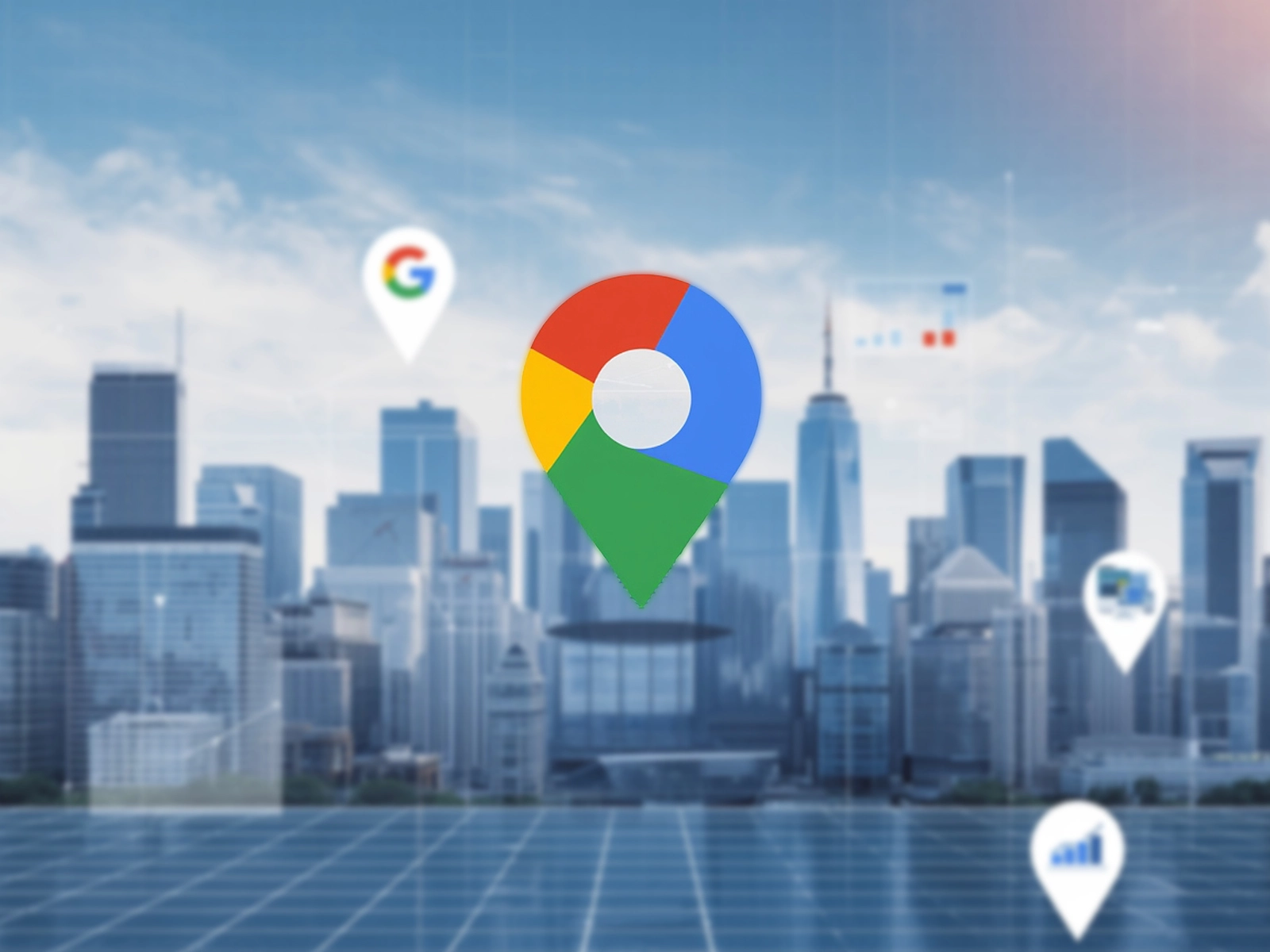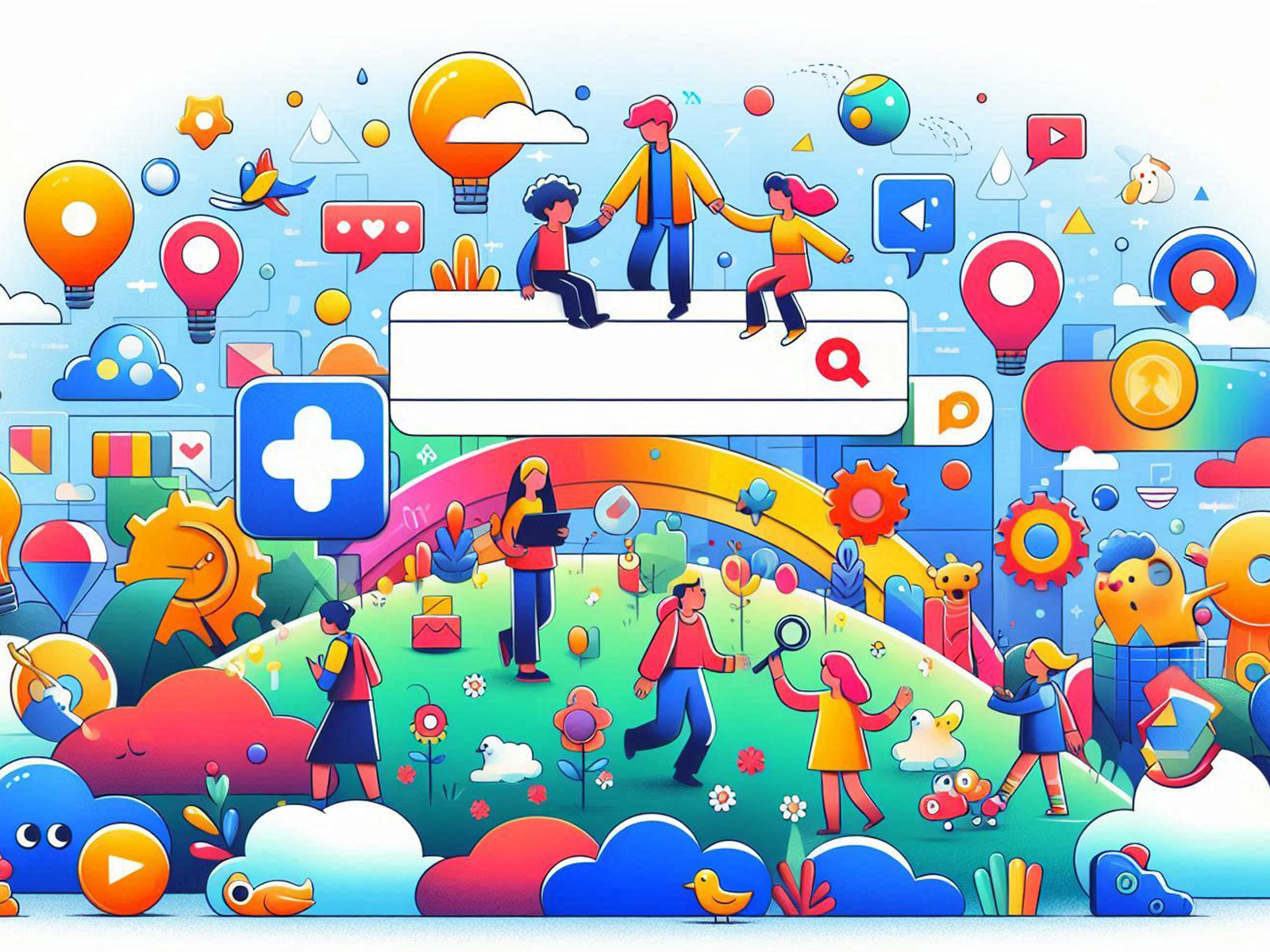
Why Google is deleting reviews at record levels

Google integrates Maps into Demand Gen

Balance between AI and basic SEO

5 minutes
Every line in your ad should work toward a result — grabbing attention, sparking interest, and prompting action. In this article, we’ll look at how to craft an effective ad using structure, copywriting, and the nuances of headline pinning.
Google allows advertisers to “pin” headlines to specific positions in the ad. This reduces the number of possible combinations and helps the system learn more quickly which variations perform best.
For example, if you create 15 headlines and 4 descriptions, Google can generate up to 47,280 different combinations. To give each one just 500 impressions, it would take almost two centuries. Pinning significantly shortens this learning curve.
Pinning helps you:
Note: Pinning may lower the “ad strength” score, but this score does not impact ad quality or ranking.
Pinning is especially recommended for low-traffic campaigns, where learning time is more limited.
Your first headline is often the deciding factor in whether a user notices your offer among dozens of others. It should be highly relevant to the search query and immediately signal that you understand the user’s intent.
Most effective headlines include keywords or close variations. But simply inserting a keyword isn’t enough — the headline must also be meaningful, valuable, and engaging.
Tips for a compelling headline:
Examples of strong first headlines:
Recommendation:
Create at least 2–3 variations of your first headline and pin them to Position 1. This ensures that users always see your most important message first, even while Google tests other combinations.
The second headline is your chance to stand out from competitors and convince users why your offer is right for them.
This is where you answer the unspoken question: “Why should I choose this company or product?”
Elements to include:
In B2B, this headline also acts as a qualifier — for instance, clearly stating that your services are for businesses, not individuals. This reduces irrelevant clicks and improves lead quality.
Examples of strong second headlines:
The third headline may not always appear — but when it does, it can serve as a key credibility booster, especially for users comparing multiple providers.
Use this space to demonstrate trust, expertise, and track record, for example:
Example of a credibility-focused headline:
Even if you don’t pin this headline, Google may use it as a sitelink, increasing visibility and driving more clicks.
By default, sitelinks should point to pages other than your main landing page. However, you can use a strategy to increase the number of sitelinks that lead to the main page:
With this setup, Google is more likely to show your unpinned headlines as extra links to the same landing page, increasing exposure and click-through rate.
An effective Google Ads ad performs three key functions:
To make your ad truly work, you need to thoughtfully craft each component, account for structure, test variations, and control which parts users are most likely to see.
The result? Higher CTR, more qualified traffic, and greater chances of conversion.
Read this article in Ukrainian.
Say hello to us!
A leading global agency in Clutch's top-15, we've been mastering the digital space since 2004. With 9000+ projects delivered in 65 countries, our expertise is unparalleled.
Let's conquer challenges together!
performance_marketing_engineers/
performance_marketing_engineers/
performance_marketing_engineers/
performance_marketing_engineers/
performance_marketing_engineers/
performance_marketing_engineers/
performance_marketing_engineers/
performance_marketing_engineers/